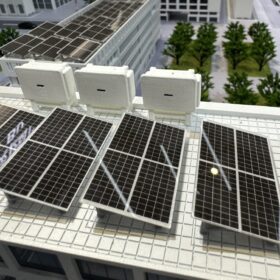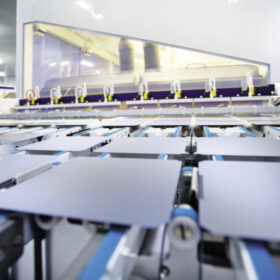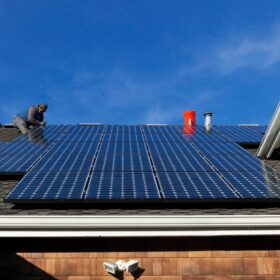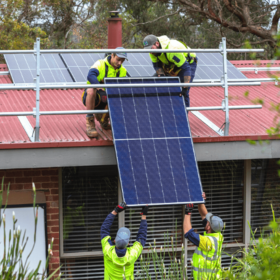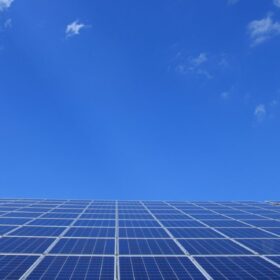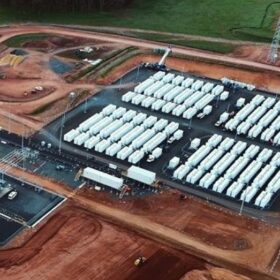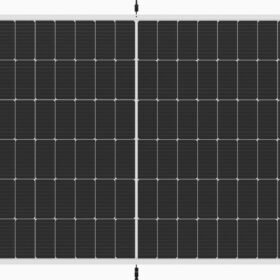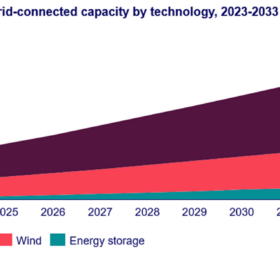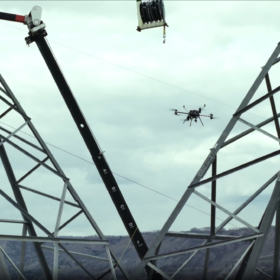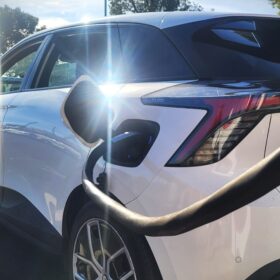How long do residential solar panels last?
Multiple factors affect the productive lifespan of a residential solar panel. In the first part of this series, we look at the solar panels themselves.
Bigger is better as module makers power ahead
Larger wafer and module sizes have had a profound influence on module power output in recent years but standardisation appears to have taken hold, with no further increases evident in module data, according to Molly Morgan, a senior research analyst at Exawatt, which is now part of the CRU Group.
Energy ministers reject nuclear, agree consumers will control their energy needs
Australia’s energy ministers have agreed to the development of the national consumer energy resources roadmap to give consumers control over their energy needs, while unanimously rejecting nuclear as too expensive and too slow to meet emissions targets.
New data exchange shines spotlight on future of consumer energy resources
An industry data exchange co-design is putting consumer energy resources at the beating heart of Australia’s energy marketplace, prompted by a 2050 projection of 86 GW of rootfop solar and 27 GW of flexible demand in the national electricity market.
Rooftop solar retrofit on low-income housing is key to reap $17 billion benefit
An accelerated rollout of rooftop solar and electrification for low-income housing could boost Australia’s economy by $17 billion but is dependent on policy change, according to a new Deloitte Access Economics report.
Solar nears 9% of U.S. total electric generation capacity
The monthly energy infrastructure update from the Federal Energy Regulatory Commission shows solar accounted for nearly 80% of capacity additions in May, continuing its dominance of new-build generation in the United States.
Neoen reaches new milestone with Collie big battery
French renewable energy and storage developer Neoen has announced a new milestone for its massive Collie battery energy storage system being constructed in Western Australia with the successful energisation of the 219 MW / 877 MWh first stage.
Longi, Aiko Solar, TCL Zhonghuan, Tongwei to post H1 losses
Longi says it expects a net loss of CNY 4.8 billion ($980 million) for the first half of 2024, while Tongwei is bracing for a CNY 3 billion loss. Aiko Solar and TCL Zhonghuan, meanwhile, are predicting losses of CNY 2.9 billion and CNY 1.4 billion, respectively.
GoodWe unveils double-glass TOPCon bifacial solar modules
GoodWe has developed new double-glass tunnel oxide passivated contact (TOPCon) bifacial solar modules for its Polaris series, available in 530 W and 580 W variants.
WoodMac predicts 3.8 TW of new solar by 2033
Wood Mackenzie says that solar will account for 59% of new renewables between 2024 and 2033. China is expected to drive the growth, accounting for half of new solar deployment over the projected time period.
